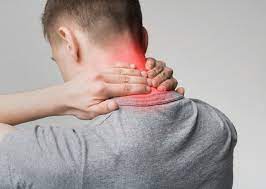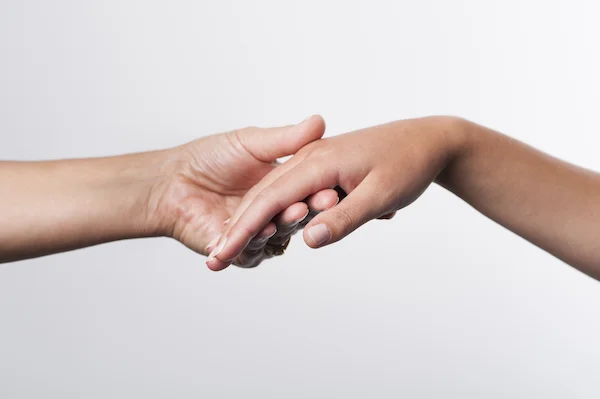Heel pain when i wake up (Heel pain in the morning) :
Heel pain when you wake up is more common now-days due to mainly increase workload and long standing and strain full activity, mostly Heel pain occurs mainly due to tightness of Planter fascia located at planter surface of the foot which become tight and weak due to overuse or age or any injury.
If you have Heel pain in the morning you should try Hot and Cold pack to relieve pain. You should also consult your Physiotherapist.
Table of Contents
What are the Cause of Heel pain when i wake up ?
Following are the few most common cause of Heel pain in the morning :
- Planter fascia tightness (Planter Fascitis)
- Calf muscle Tightness (Achiilis Tendinitis)
- Fall on Heel during sports or other activity
- Long standing activity during your work
- Rheumatoid arthritis is a progressive and disabling auto-immune inflammatory condition that causes inflammation and pain in the joints, the tissue around the joints, and other organs in the human body.It usually affects the joints in the hands and feet first, but any joint may become affected.Side foot pain
- Lateral foot pain affects the outside of the heel or foot, and medial foot pain affects the inside edge.
- Heel bursitis : Inflammation can occur at the back of the heel, in the bursa, a fibrous sac full of fluid
- Walking gait abnormalities,which place excessive stress on the heel bone, ligaments, and nerves near the heel
- Running or jogging, especially on hard surfaces
- Poorly fitted or badly worn shoes, especially those lacking appropriate arch support
- Excess weight and obesity
- Diabetes with age
- Having either flat feet or high arches
- Frequent short bursts of physical activity
- Poor Physical fitness
Heel pain symptoms :
Heel pain initially starts gradually and becomes more severe. Mostly there is no injury to the affected area. It may be increased by wearing a flat shoe.
Flat footwear may stretch the plantar fascia until the area becomes swollen, or inflamed. Pain may be severe, however, if there is a tear.
There may be a popping sound at the time of the injury, and pain will be immediate.
Heel pain is usually felt under the foot, toward the front of the heel.
Symptoms may be worse just after getting out of bed in the morning, and after a period of rest during the day, and then they improve with a little activity.
They may again worsen at the end of the day.
In severe cases pain with swelling around the Heel region.
Heel pain with tingling numbness
Difficulty in walking
If heel pain continues for more than a week you have difficulty in standing, walking and stair climbing activity.
Diagnosis:
A Physical therapist or Physicial will ask about your Heel pain related History and also examine the foot and symptoms. Therapist also asked about how much walking and standing the pain increases, what type of footwear you use and details of related medical history.
They will also examine the muscles, starting from the knee to heel and look for any unusual shape or skin changes. These can help differentiate between other conditions.
Doctor also Squeezing the heel can help detect other problems such as presence of a cyst, or a stress fracture.This may help doctor to make a diagnosis, but sometimes blood tests or imaging x-ray scans are required.
Plantar fasciitis is the most common condition of heel pain, but many other causes are possible. An accurate diagnosis is more important for the effective treatment.
Treatment :
Most people recover with the Help of Medical treatments and Physical therapy.
Treatment options are :
Non-steroidal anti-inflammatory drugs (NSAIDs) can help relieve pain and swelling.
Corticosteroid injections may also effective work if NSAIDs are not effective, but these should be used with caution, because long-term use can have side effects.
Use of Hot pack and Cold pack are also Home remedies to reduce pain and swelling.
Physical therapy Treatment :
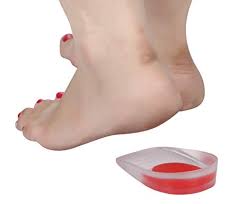
Physiotherapy treatment are pain relieving Electrotherapy modalities such as Ultrasound therapy (US), TENS (Transcutaneous Electrical Nervous Stimulation) are used.
Wax Bath Therapy also useful.
Stretching exercises that stretch the plantar fascia and Achilles tendon and strengthening exercise of the lower leg muscles, resulting in better stabilization of the ankle and heel.
Kinesio Taping gives the Heel – foot better support.
Orthosis, or assistive devices, and insoles can help correct foot deformities and cushion and support the arch during the healing process.
Exercise :
Stretching the plantar fascia is a popular way to increase your flexibility and reduce common foot pain.
Stretching and strengthening exercise of Calf muscles and Planter fascia is the Best exercise you can start at Home when you wake in the morning.
Following are the few list of Best exercise that are easy to perform at Home.
Plantar fascia stretching exercise by rolling :
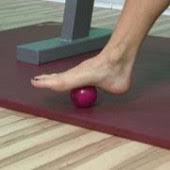
You can improve the flexibility in your plantar fascia by performing a rolling exercise. Roll a golf ball, tennis ball, or softball under the arch of your right foot, You can also roll up and down, which will help to stretch the planter fascia of your feet.
Then switch feet and repeat on the left side.

This is a great way to stretch your plantar fascia, and it also provides some pressure to help reduce pain, inflammation and improve blood flow.
Towel Stretching exercise :
Towel stretching helps to relieve tight calf muscles, This will help to relieve pressure on Heel.
To do this exercise you need a Hand towel.
- Take a long Sitting position on the soft mat with both legs straight in front of you.
- Loop the hand towel around the fore-foot. Hold firmly at both ends of the towel.
- Keeping the Both legs straight, pull the towel gradually toward the body, and hold the position for 10-20 seconds. Then, relax.
- Repeat this stretch 3 to 4 times, then do the same on the opposite leg.

Toe curls exercise :
This is the best exercise helps to strengthen weak Planter fascia, for that you need towel.
Take a Sitting position in a straight-backed chair with feet flat on the floor.
Place a towel on the floor in front of the leg so the short end is at your feet.
Put the toes of one foot on the end of the towel, and gradually wrinkle toes and pull the towel toward you.
Repeat this exercise 8-10 times in the early morning.
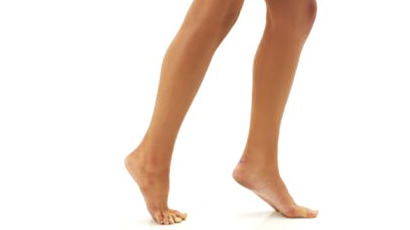
Toe walking exercise :
This is the best exercise helps to strengthen calf muscles.
You should remove your shoes and walk on toes. if you have Balance issue, walk near to wall.
First day you walk nearly 60 to 80 steps and gradually increase the steps as you improve.
Surgery :
If Conservative treatment fails to recover, Doctor recommended you to surgery
A Doctor may remove the plantar fascia from the heel bone. There is also risk that this may lead to weaken the arch of the foot.
Night splints : this are also used during sleep. This holds the plantar fascia and Achilles tendon in a lengthened position overnight and stretches them.
Treatment of heel bursitis : If it is possible to differentiate heel bursitis as a different condition from plantar fasciitis, an effective treatment may be to use a cushioning insole or heel cup to limit the movements that are causing the problem.




